Botanical Beauty of Meghalaya
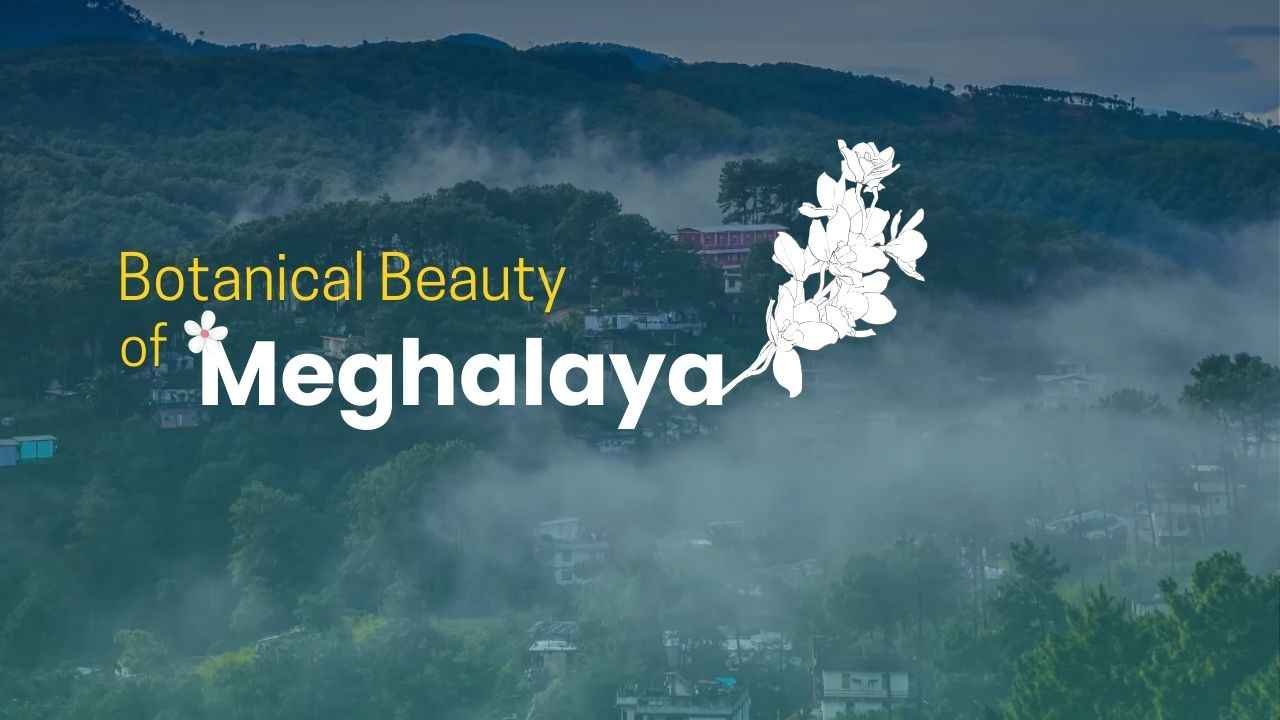
Botanical Beauty of Meghalaya
Shillong known for its scenic beauty, cool weather, and vibrant culture. But beyond its misty landscapes and charming colonial architecture. Shillong is a haven for nature lovers, especially those who love plants and the flora of nature.
The town and its surroundings are home to many botanical treasures that captivate locals and visitors alike. Shillong’s biodiversity is a testament to its geographical location in Khasi Hills, from lush meadows to dense forests.
In this blog post, we’ll take you on a journey to explore some of Shillong’s botanical gems. From well-maintained gardens to the dense, untouched wilderness surrounding the city.
Importance of Floral Beauty
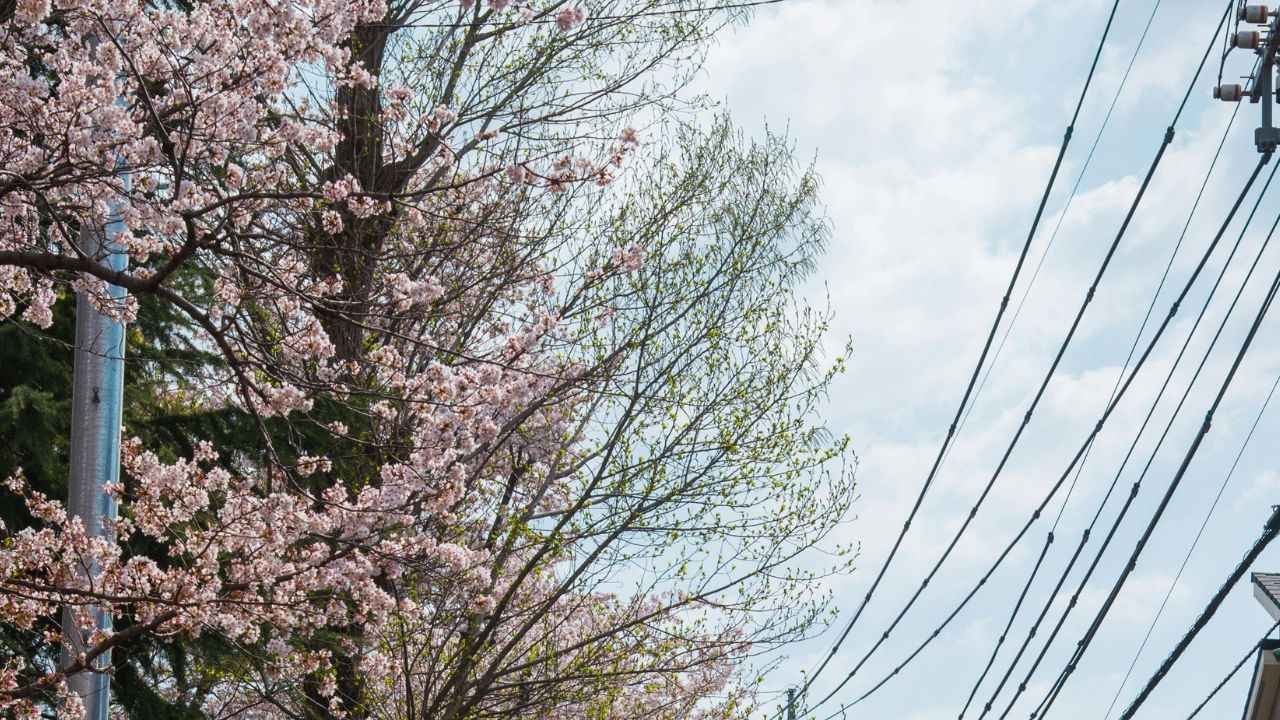
The Khasi Hills, which Shillong is a part of, located in the eastern part of the Indian subcontinent. This region is unique because it combines tropical and temperate climates, giving rise to a rich diversity of plant species.
The lush green hills are home to both endemic and exotic plants, many of which have medicinal, cultural, or ecological significance. The area’s flora ranges from towering trees to delicate flowering plants, mosses, and ferns.
(The Umiam Lake Area) Botanical Beauty of Meghalaya
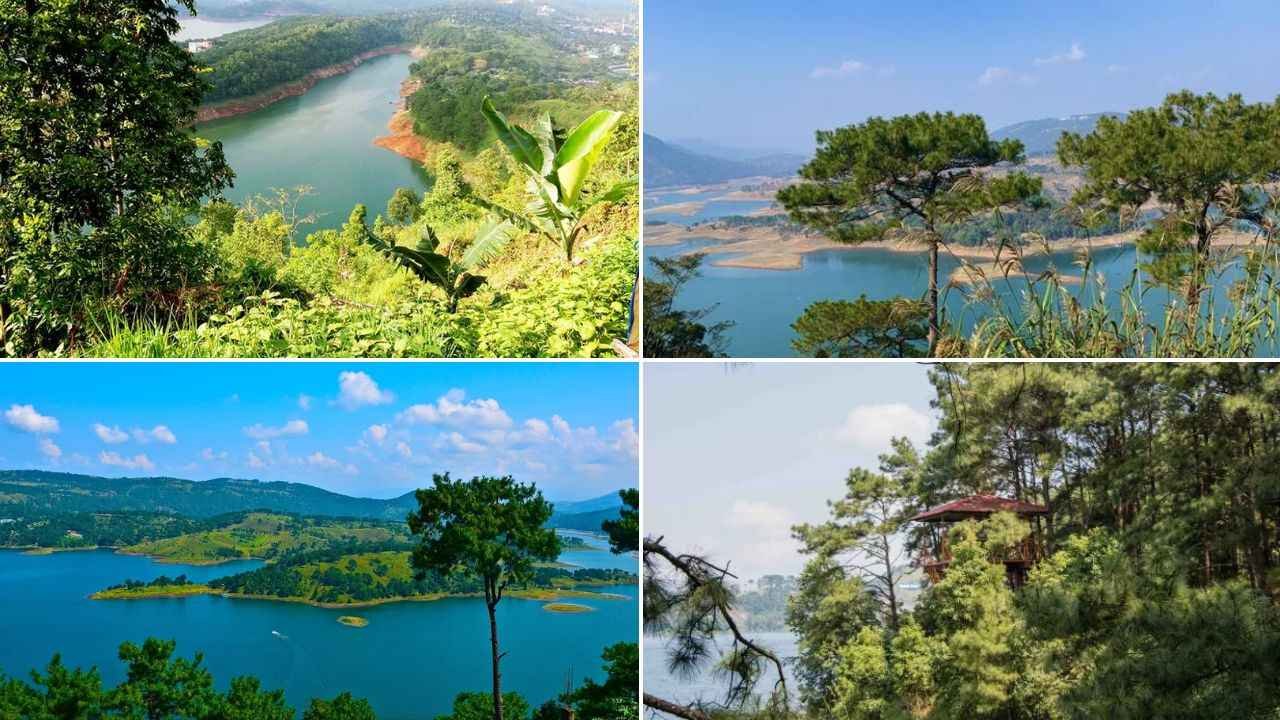
Another gem of Shillong’s botanical landscape is the area around Umiam Lake, located about 15 kilometers north of the city. This sprawling lake surrounded by thick forests, ideal spot for nature lovers.
The flora around Umiam Lake consists of a mix of aquatic plants, grasses, and large trees, such as the towering Sal and Pine trees. The waterbody itself is home to floating vegetation, including water lilies and other aquatic plants.
The natural vegetation around Umiam also supports a range of bird species, making it a wonderful location for birdwatching and photography. The flora and fauna here, combined with the lake’s beauty, create a perfect setting for anyone interested in Shillong’s natural biodiversity.
Shillong’s Botanical Gardens

One of the best places to start exploring Shillong’s plant life is the Shillong Botanical Garden, located on the southern side of the city. This garden, spread over a vast area, is a perfect blend of well-maintained grounds and natural greenery. Here, you’ll find a variety of plants native to the region, including trees, shrubs, flowers, and medicinal plants.
The garden designed to mimic the natural flora of the Khasi Hills, and it offers a peaceful escape from the hustle and bustle of the city. The diverse plant life here includes species like towering pine trees, vibrant orchids, and fragrant medicinal herbs.
It’s a great place for both casual visitors and those looking to study the plants in more detail. A walk through the garden offers a relaxing experience while allowing you to appreciate the beauty and utility of plants.
The Ward's Lake
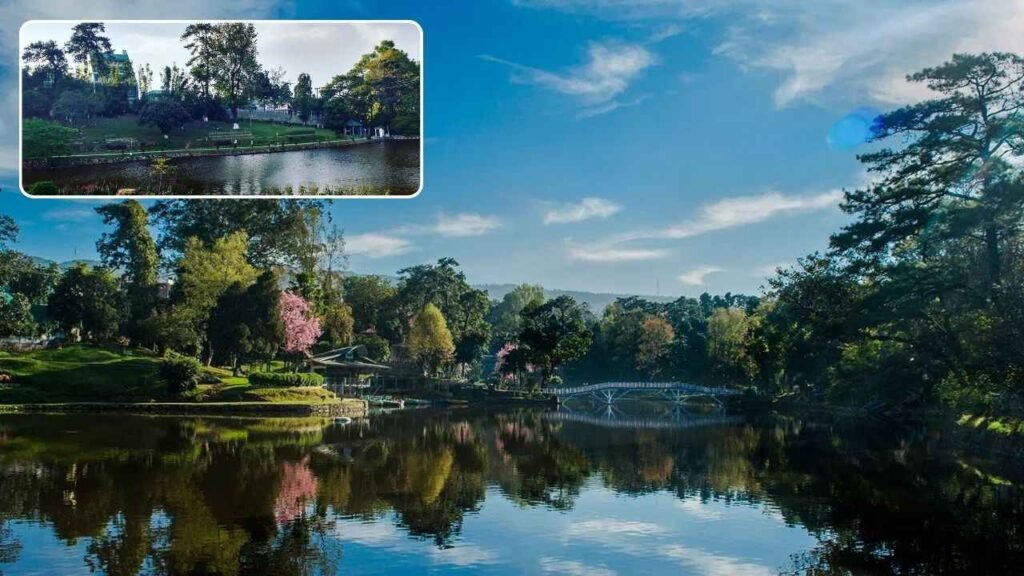
Another important botanical location within Shillong itself is Ward’s Lake. Located in the heart of the city, this man-made lake surrounded by beautiful gardens that feature a wide array of plants and trees. The garden here is particularly well-known for its seasonal flowers such as variety of roses, chrysanthemums, and lilies. The lake flanked by lush greenery, offering a serene atmosphere for perfect walks or simple contemplation.
Beyond the flower beds, the trees around Ward’s Lake are an important feature, adding to the area’s lush, natural feel. Some species, like the indigenous Khasi Pine, thrive here, contributing to the ecosystem’s health and balance.
The well-maintained walkways and well-planned landscape make Ward’s Lake an excellent place to get up close to Shillong’s botanical diversity.
The Living Root Bridges
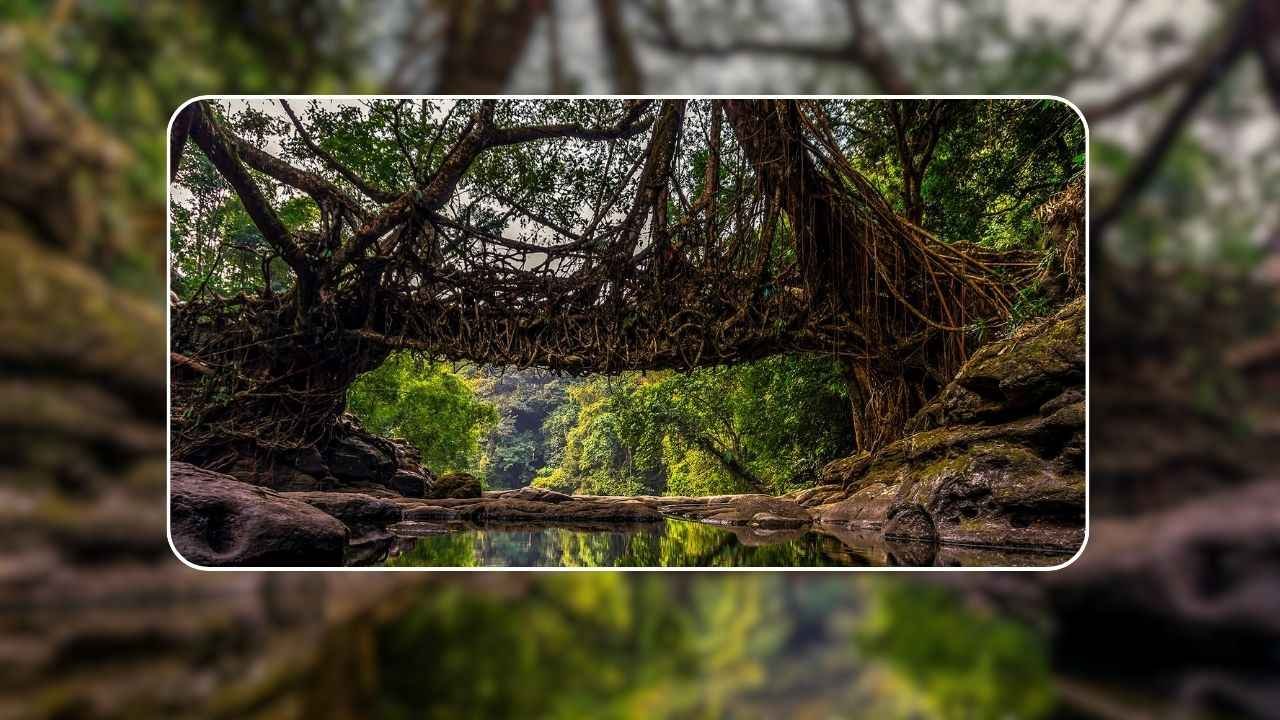
Shillong is also famous for the unique living root bridges of Meghalaya, which are a testament to the local Khasi people’s deep connection with nature. These bridges, formed by the intertwining roots of rubber trees, found in the rural parts of the state, particularly in the areas around Cherrapunji and Mawlynnong.
The process of creating a living root bridge is a slow but fascinating one. The Khasi people train the roots of ficus trees to grow in specific directions, forming a bridge over streams and rivers. These remarkable structures blend with the surrounding forest and are a unique example of how humans and nature can work together in harmony.
The living root bridges, made from natural materials, showcase the ingenuity of the indigenous communities while also highlighting the vital role plants play in sustaining the region’s ecosystems.
Flora of the Sacred Forests
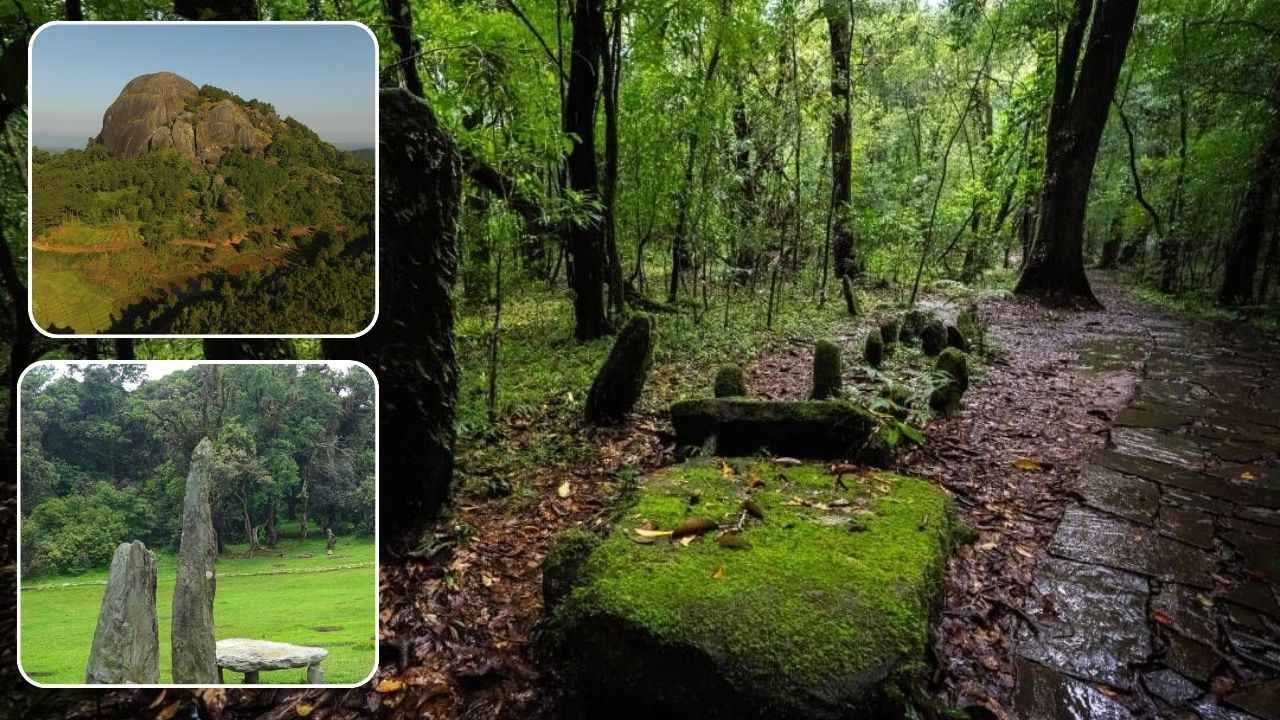
Besides to its cultivated gardens and designed landscapes, Shillong is home to sacred groves. These are an essential part of the local culture. These groves are small patches of forest that protected by the local communities. Theho believe that the land is sacred. In Meghalaya, these sacred forests are often rich in medicinal plants, herbs are used for traditional healing.
The sacred forests of Shillong are particularly interesting for botanists, as they offer a glimpse into what the area’s natural vegetation looked like before human interference. The plants here are often rare and only found in protected areas.
The communities around these sacred forests practice sustainable management, ensuring that the plant species within these groves continue to thrive. Botanical Beauty of Meghalaya.
Shillong’s Orchids and Medicinal Plants
Shillong’s climate is ideal for growing a variety of orchids, and these beautiful flowers are a highlight of the region’s flora. Orchids like Cymbidium, Dendrobium, and Phalaenopsis found in the forests around Shillong, and they are often cultivated in the city’s gardens as well. The local orchid species prized for their vibrant colors and intricate patterns, making them a favorite among gardeners and collectors. Botanical Beauty of Meghalaya.
Additionally, the Khasi Hills are home to a wealth of medicinal plants that have used by the indigenous people for centuries. These plants include species that used in traditional medicine to treat ailments ranging from digestive issues to skin problems.
The botanical beauty of Meghalaya and the knowledge of these medicinal plants passed down through generations, and many of them found growing in Shillong’s forests.
Shillong’s Role in Conservation
While Shillong is a popular tourist destination, it also plays a significant role in the conservation of plant species. The local government and several environmental organizations are working to preserve the region’s unique biodiversity. Efforts are being made to protect the endangered species of plants and animals that call the Khasi Hills home.
Shillong’s botanical treasures are a vital part of the region’s ecological balance, and ongoing conservation efforts ensure that these treasures will continue to be available for future generations to enjoy. Botanical Beauty of Meghalaya attracts a lot of tourism.
Also Check Out: Cherry Blossom in Shillong
Also Check Out: The Wettest Place on Earth
Pingback: Cherry Blossom in Shillong, Meghalaya
Pingback: The Wettest Place on the Earth: Mawsynram, Cherrapunji